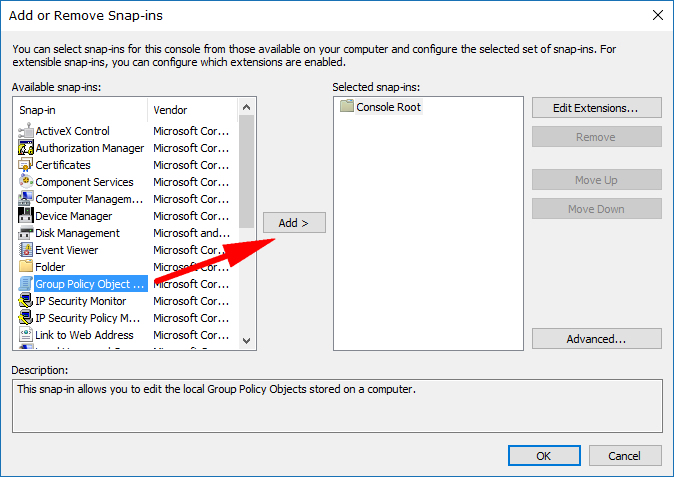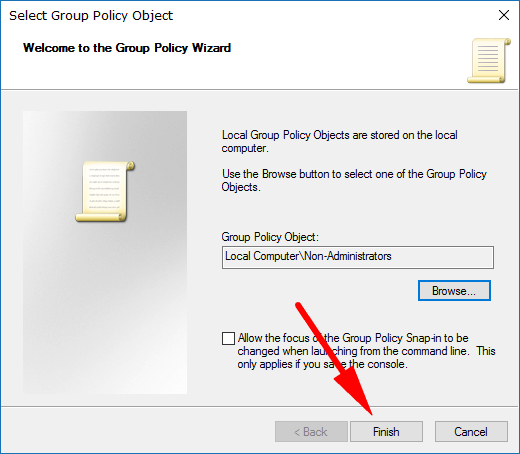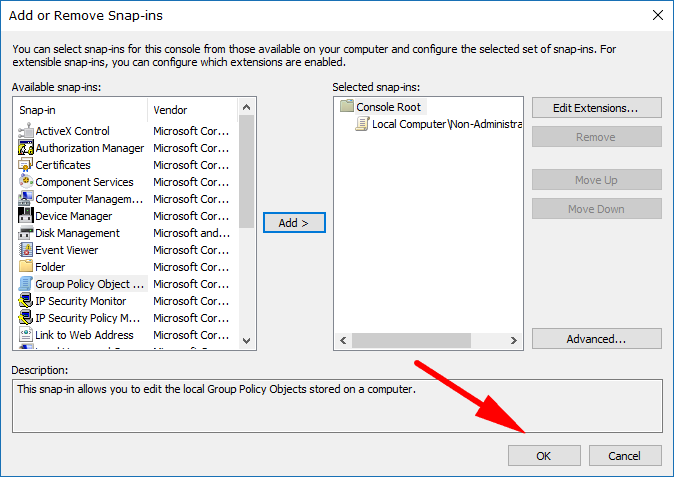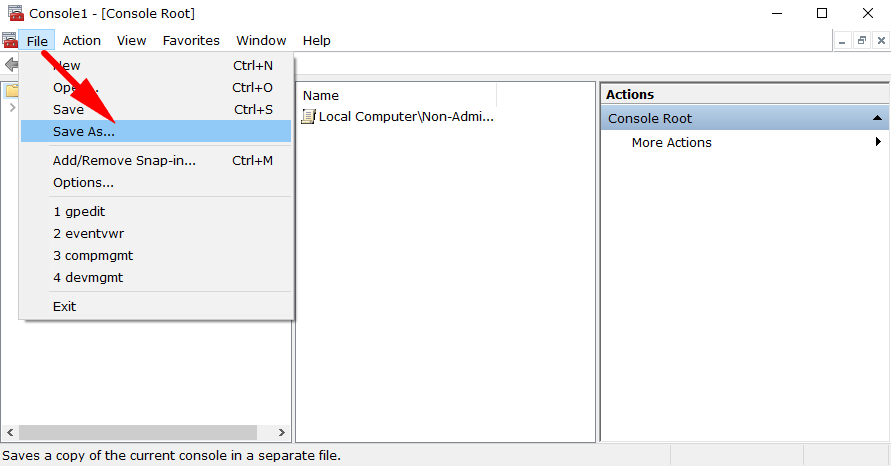Last Updated on December 26, 2022 by Mat Diekhake
If you only use your Windows 10 operating system at home, then you might not know anything about Group Policies. If your Windows 10 computer happens to be at work, then the likelihood if you or your administrator knowing about a Group Policy.
The Local Group Policy Editor, otherwise known as just “gpedit.msc” for short, is a Microsoft Management Console (MMC) snap-in to get access to the Computer Configuration and User Configuration settings.
There are typically two types of configurations within a Group Policy: Computer Configuration and User Configuration. You’ll find both of them available from the left side pane for you to manage after you’ve opened the Local Group Policy Editor.
An administrator of the system can use the Computer Configuration to set different policies based on the computers no matter what person ends up sitting behind that computer. On the other hand, an administrator can also use User Configuration which is for setting different policies based on the users no matter what computer they are logging on to. That’s why the Group Policy is so popular for businesses and anything relying on networks.
Both the computer and Group Policy are automatically updated in the background every 90 minutes. In addition to having the timed updates, the Group Policy is updated every time the computer reboots.
Note: You’ll need to be using a Windows 10 Pro, Education or Enterprise edition of Windows 10 for this guide to work. You can’t make policy changes in the Local Group Policy Editor using the Windows 10 Home. You can upgrade from Windows 10 Home to Windows 10 Pro by heading to the Settings application if you want to be able to make changes to group policies.
How to Apply Local Group Policy to Administrators in Windows 10
You can apply the Local Group Policies to administrators in Windows 10 by using the Group Policy Object Editor. To get started, open the Run dialog box by pressing the Windows logo + R keys on your keyboard and then type “MMC” and click on the “OK” button. You’ve now opened the Microsoft Management Console.
You’ll probably get prompted by User Account Control. Just click or tap on the “Yes” button when that happens.
With the Microsoft management Console open (it just says Console in the top left corner of the window) click on the “File” and then the “Add/Remove Snap-in from the menu.
Now click on the “Group Policy Object Editor” just once so that it is highlighted and then click on the “Add” button.
Next click on the “Browse” button under where it gives you the Group Policy Object.
Highlight the “Administrators” user from the list by clicking on it just once and then clock on the “OK” button at the bottom of the window.
It’ll then direct you back to the welcome screen that you get fro the Group Policy Wizard where you can then click on the “Finish” button.
Close the Snap-ins window by clicking on the “OK” button.
Leave the Microsoft management Console window open still and click on the File > Save As and then save your .msc file.
When you go to save the file, you want to call it the “Local Group Policies for Administrators,” and then Windows will save it as the .msc file. You can save that file to whatever location on the computer that you want—anywhere within File Explorer or to the desktop, for example.
You’ll need to open the Local Group Policies for Administrators .msc file whenever you want to configure any of the policy settings to members of the Administrators group.
You might also be interested in:
- How to Apply Local Group Policies to Specific User in Windows 10
- Windows 10 Insider Preview Build 17004 for PC Announced
- Windows 10 Insider Preview Build 16299 for PC Announced
- Ubuntu 32-Bit Desktop ISO Images No Longer Available from 17.10 Release
- How to Apply Local Group Policy to Non-Administrators in Windows 10
- How to Open Local Group Policy Editor in Windows 10
- How to Update Group Policy Settings in Windows 10
- How to Open Local Security Policy Editor in Windows
- What is Windows Registry Editor and How Do I Use It?
You can subscribe to our RSS, follow us on Twitter or like our Facebook page to keep on consuming more tech.







